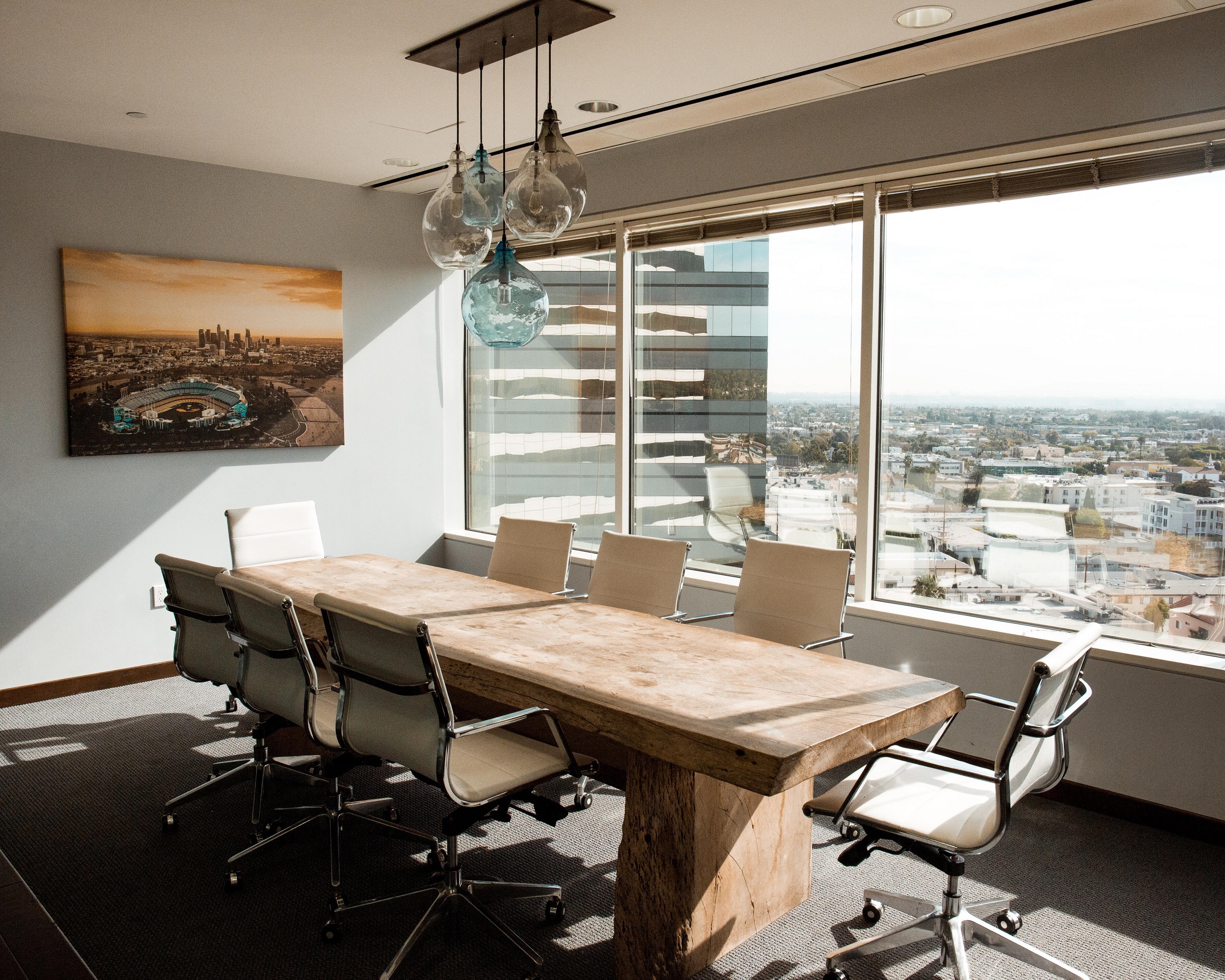In today’s fast-paced work environment, employee productivity and well-being have become essential factors for any organization’s success. A well-designed workspace can have a significant impact on employees’ performance, motivation, and overall satisfaction. From lighting and furniture to office layout, which can ultimately impact the growth and success of your organization.
This article will explore the top 7 effects of workspace on employees’ productivity and well-being.
Natural Lighting Boosts Productivity And Mood
An abundance of natural light in a workspace has been linked to improved productivity, mood, and overall health. Research has shown that exposure to natural light can reduce eye strain, increase alertness, and improve cognitive performance.
Moreover, natural light also helps regulate the body’s circadian rhythm, ensuring employees have a better sleep pattern, and contributing to better overall well-being. That just goes to show you how a workspace can influence key performance indicators on a resume.
Ergonomic Furniture Reduces Physical Strain
Ergonomic furniture, such as adjustable chairs and desks, can significantly reduce the risk of developing musculoskeletal disorders caused by prolonged sitting or standing. By providing proper support for the back, neck, and wrists, ergonomic furniture can help prevent injuries, reduce fatigue, and increase employee productivity.
Open Vs. Closed Office Layout: Balancing Collaboration And Focus
A well-designed office layout can strike a balance between collaboration and individual focus. While open office spaces encourage teamwork and communication, they can also be distracting and impact employees’ concentration.
On the other hand, closed office spaces provide privacy, which can boost productivity but may limit collaboration. The ideal workspace should incorporate both open and closed areas, allowing employees to choose the environment that best suits their tasks.
Biophilic Design Enhances Wellbeing
Incorporating elements of nature, such as plants, water features, and natural materials, into the workspace design can improve employees’ well-being. Biophilic design has been proven to reduce stress, enhance cognitive function, and boost creativity.
Adding greenery to the office not only improves air quality but also fosters a sense of relaxation and well-being.
Acoustics Affect Concentration And Stress Levels
Noise levels in the office can directly impact employee productivity and stress levels. Excessive noise can cause distractions, making it difficult for employees to concentrate and complete tasks efficiently.
To minimize noise disruptions, consider incorporating soundproofing materials, noise-cancellation solutions, and designated quiet zones within the workspace.
Temperature And Air Quality Impact Comfort And Health
The temperature and air quality in a workspace can have a significant effect on employee comfort, productivity, and health. A comfortable temperature range for most people is between 68-72°F (20-22°C).
Maintaining this range can help prevent discomfort, fatigue, and loss of concentration.
Additionally, good air quality can reduce the risk of respiratory illnesses and allergies, ensuring employees remain healthy and productive.
Aesthetic Design Fosters Creativity And Satisfaction
A visually appealing workspace can enhance employee satisfaction and promote creativity. Colors, textures, and artwork can play a significant role in creating an inviting atmosphere that inspires employees.
Choosing the right color scheme can evoke specific emotions and behaviors, such as using blue for focus or green for relaxation. Investing in a well-designed workspace can increase employee engagement, satisfaction, and productivity.
In Conclusion
The workspace environment has a profound impact on employees’ productivity and well-being. Organizations need to prioritize designing workspaces that cater to individual preferences, foster collaboration, and promote physical and mental health. By incorporating natural lighting, ergonomic furniture, flexible layouts, and biophilic elements, employers can create a space that not only boosts productivity but also enhances the overall well-being of their workforce. Ultimately, a well-designed workspace is an investment in the long-term success of both the employees and the organization as a whole.



